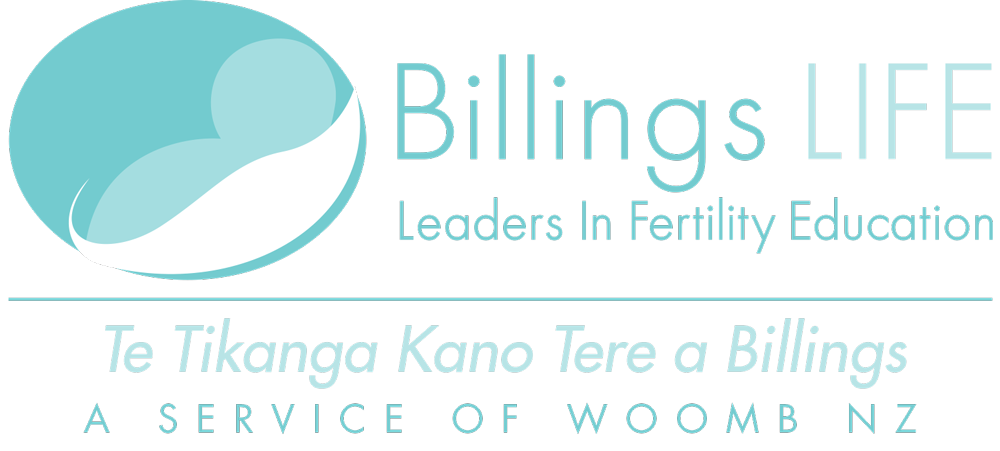
Achieve Pregnancy
Achieve pregnancy
Knowing how to identify the fertile and infertile times in your cycles can help you to optimise your chances of achieving pregnancy. With the Billings Ovulation Method™ you'll learn to understand the signs of fertility and to recognise your Peak Day which is the most fertile day in your cycle and very close to the time of ovulation. That way you'll know when you have the best chance of conceiving. At its simplest, it means having sex when you're aware of the slippery sensation that signals you are at your most fertile.
There are a number of conditions that are essential to conception, and then after that, it's all a matter of timing! There must be a healthy egg, and healthy sperm to fertilise the egg. There must be mucus to keep the sperm alive until they reach the egg. You need healthy Fallopian tubes for sperm to travel along to the egg, and for the fertilised egg to travel down to the uterus. And the endometrium (lining of the uterus) needs to be at the right stage of development for the egg to implant. You can see that timing sex to coincide with your most fertile time will be very helpful in this complex process!
Your Billings Ovulation Method™ chart will give you the information you need to identify your fertile time and Peak of fertility.
The Guidelines to Achieve Pregnancy will ensure you have the best possible chance of conceiving.
By learning to chart with the Billings Ovulation method™ many sub fertile couples have been able to achieve pregnancy including those who had been trying to conceive for more than two years or who had failed attempts with In vitro fertilisation (IVF). Clinical tails in Australia have shown very encouraging results for couples that have used the method to achieve pregnancy.
Results of a retrospective study of couples who attended Billings Ovulation Method™ clinics between 1999 and 2003 wishing to achieve pregnancy - of 384 participants, 240 achieved pregnancy - a total of 63%. Sixty percent of these couples had previously been childless and only 18% had prior knowledge of the signs of fertility. The average length of time they had been trying to achieve pregnancy was 15 months, and the average time from initial instruction in the Billings Ovulation Method™ to conception was 4.7 months. 207 couples were previously classified as sub-fertile (trying to achieve for more than 12 months) and, of 20 couples who had previously been unsuccessful with IVF/ART, 7 achieved pregnancy using the Billings Ovulation Method™. Of those over 38 years of age, about half achieved pregnancy.
For more information click here.
